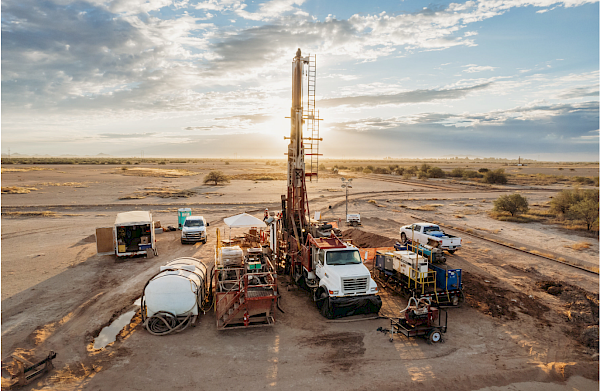How to avoid common mistakes with mining stocks
For investors and speculators focused on growth, there is nothing more exciting than watching a stock go “on a run” for a big return.
Junior mining stocks, which are small publicly-traded companies that are aiming to make big discoveries, are well-known for being extremely high in both risk and reward.
But with a universe of thousands of available companies out there, how does an investor even begin to evaluate opportunities in this sector?
An investor checklist
We’ve partnered with Eclipse Gold Mining on an infographic series to show you how to avoid common mistakes when evaluating and investing in mining exploration stocks.
Part 1 of the series focuses on what to look for in a management team, including the types of characters you’ll want to avoid!

If you’ve ever researched mining exploration stocks before, it doesn’t take long to realize that every company will talk about how “great” their team is.
Here’s a few steps to ensure that the team is actually great — and not filled with pretenders.
Management team checklist
Step 1: avoid the bad characters
The mining stock universe can be filled with interesting and amusing characters, but many of them are not there to generate you a return. Here are the personas you should aim to avoid:
- The close-ologist
Funds new enterprises by staking land around a project that the market currently finds exciting. - The trend chaser
Jumps from industry to industry, or mineral to mineral, to chase the market’s flavor of the week. - The pump n’ dumper
Accumulates stock at insanely low prices, raises money, and then uses gray-area promotional strategies. Sells stock as soon as price is high enough to make a profit. - The commodity collector
Builds up an extensive list of ongoing assets and projects, thinking that this reduces risk. But really, it just reduces focus. - The lifestyle executive
Uses shareholder money almost exclusively to fund the salaries of management and other G&A expenses. Almost no actual work gets done. - The optimistic geologist
This is usually the pet project of a geologist, and the project may have some merit. However, time is the enemy of the Optimistic Geologist.
It’s also not impossible for CEOs to exhibit two or more of these personas at once, so beware.
Step 2: traits you want to see
Examine the management team and the board of directors, and dig deep into their history. Here’s what you want to actually see:
| Wanted traits | Description |
|---|---|
| A clear vision | Management has articulated a clear vision for the company and how it will create value for shareholders. |
| Winning track record | Management has made previous discoveries and has successfully exited companies in the past, taking shareholders along for the ride. |
| Skin in the game” | Simply put, management owns sufficient shares of the company (not just options) and has the incentive to succeed. |
| Transparency | Management has a history of integrity, being honest with shareholders in every circumstance. |
| Relevant expertise | Management has hired a team that has relevant experience, knowledge, and connections that can help advance the vision. |
| Business mindset | Management has a plan to generate ROI for shareholders and knows how to execute on that plan. |
Step 3: past performance
Finally, look to see how the management team in question has handled situations in the past. The following questions will help you evaluate:
- Have they been able to consistently fund projects in the past, even in bad markets, without overdiluting shareholders?
- Is the team well-rounded? Do they have expertise covering multiple fields?
- Did they do what they said they’d do, while sticking to timelines?
- Does the team have connections to major mining companies, major banks, or other important institutions?
- Has the team successfully exited from their previous ventures?
The de-risking imperative
You can’t control everything that happens in the market.
But by successfully de-risking each management team with these criteria, you can better your odds at success in a high-risk, high-reward market.
This is part 1 of a five-part series on common mistakes made by investors when evaluating mining exploration stocks. Stay tuned for the upcoming parts in the series, covering other topics like jurisdiction, project quality, and more.
(By Jeff Desjardins)
More News
{{ commodity.name }}
{{ post.title }}
{{ post.date }}




Comments